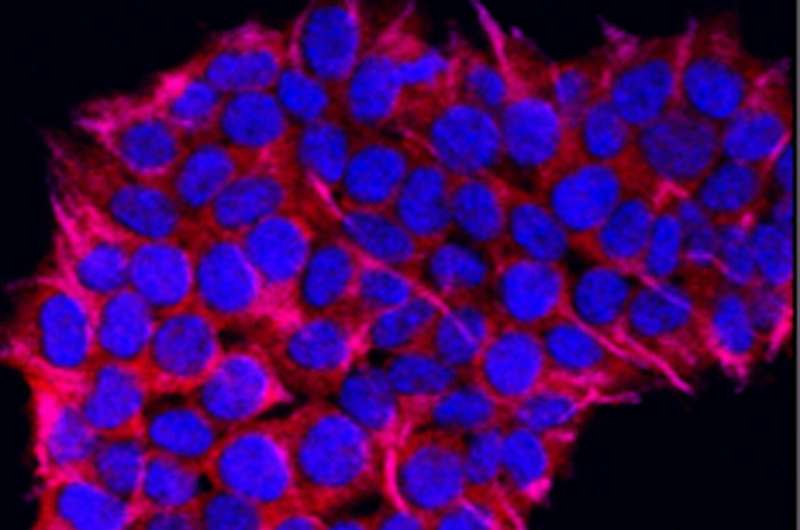Innovative PET Tracer Enhances Detection of Invasive Mold Infections in Cancer and Transplant Patients

A new PET radiotracer, 18F-FDS, offers precise, non-invasive detection of invasive mold infections in immunocompromised patients, improving diagnosis and treatment outcomes.
A groundbreaking PET radiotracer has demonstrated remarkable accuracy in identifying a broad spectrum of mold species responsible for severe infections, as revealed at the Society of Nuclear Medicine and Molecular Imaging 2025 Annual Meeting, with findings published in the Journal of Nuclear Medicine. This novel imaging agent, called 18F-FDS, enables early and precise detection of invasive mold infections, which pose a significant threat to immunocompromised individuals such as cancer and transplant patients.
Invasive mold infections are increasingly prevalent due to advances in treatments that prolong patient survival but weaken immune defenses. These infections can be life-threatening, with mortality rates soaring up to 85%. Early diagnosis is vital for timely intervention, yet current detection methods are often invasive, limited in sensitivity, and fail to comprehensively identify the diverse array of mold species.
The development of 18F-FDS aims to address these challenges. Initially tested in vitro on 30 different clinical mold strains, the tracer demonstrated rapid and specific uptake by disease-causing molds, including drug-resistant variants, but showed no affinity for heat-killed molds or human cells. In preclinical studies involving immunocompromised mice, the tracer successfully detected fungal infections in the lungs, brain, and sinuses, distinguishing infectious processes from inflammatory conditions.
In human studies, the PET tracer was safely administered to four patients with confirmed invasive mold infections, successfully localizing infections that, in one case, was missed by conventional brain MRI. Additionally, five control patients with inflammatory or cancerous conditions but no fungal infections showed no tracer uptake, underscoring its specificity.
Dr. Carlos Ruiz-Gonzalez from Johns Hopkins University emphasizes that 18F-FDS could revolutionize how invasive mold infections are diagnosed and monitored. Produced easily from 18F-FDG, the tracer can be synthesized on demand, facilitating its global availability—and potentially transforming patient outcomes worldwide.
This innovative imaging approach promises to enhance non-invasive diagnosis, enable earlier treatment initiation, and improve prognosis for at-risk populations, ultimately saving lives and reducing healthcare costs associated with delayed or inaccurate diagnosis.
Stay Updated with Mia's Feed
Get the latest health & wellness insights delivered straight to your inbox.
Related Articles
Innovative Fusion Protein Enhances Cancer Immunotherapy Effectiveness
A novel fusion protein developed by researchers at Basel combines immune activation and tumor signal blocking, enhancing the effectiveness of cancer immunotherapy with reduced side effects.
Innovative Vaginal Speculum Design Aims to Reduce Fear and Discomfort During Gynecological Exams
A team of researchers has redesigned the traditional vaginal speculum to make gynecological exams more comfortable, less intimidating, and less painful, potentially improving women's healthcare experiences.
AI Engineering of T Cell Receptors Boosts Precision Cancer Immunotherapy
AI-powered design of T cell receptor substitutes enhances targeting accuracy in cancer immunotherapy, paving the way for personalized, effective treatments.
Is It Time to Ban Plastics in Your Kitchen for Better Health?
Emerging research highlights health risks linked to plastics used in the kitchen, emphasizing the importance of choosing safer alternatives and reducing plastic exposure to protect long-term health.



